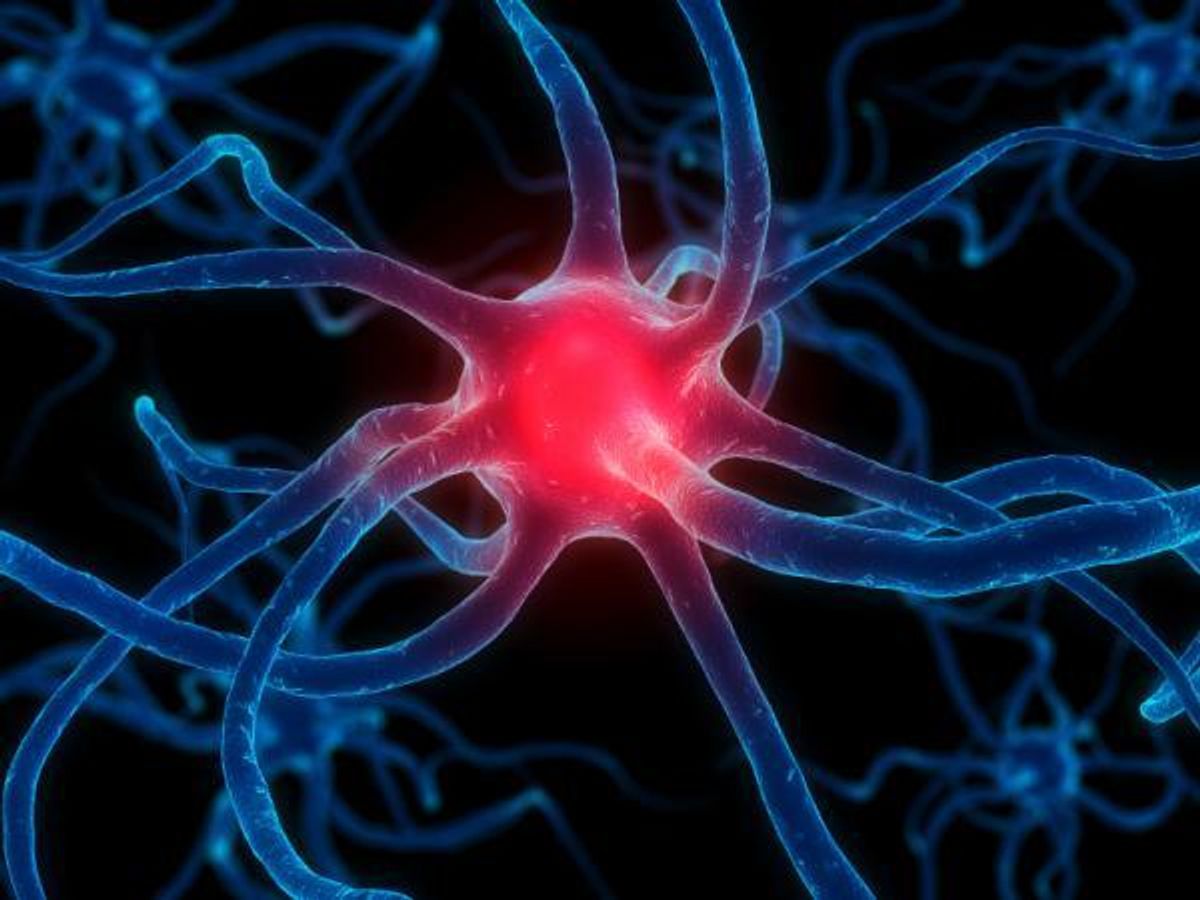Research this summer out of Rice University showed that newly developed nanoparticles could be an effective emergency treatment for traumatic brain injuries.
The research, which was published in the Wiley journal Small (“Highly Conductive Carbon Nanotube Matrix Accelerates Developmental Chloride Extrusion in Central Nervous System Neurons by Increased Expression of Chloride Transporter KCC”), was specifically focused on the impact of carbon nanotubes on neurons.
Carbon nanotubes have been a source of great interest for neuroscientists because of the material’s electrical and mechanical properties. The hope has been that those properties could be exploited in creating devices that could interface with nervous tissue. However, previous experiments with neurons and carbon nanotubes came up with mixed results, largely due to the impurities within the carbon nanotubes.
The Duke team found that by employing the high purity few-walled carbon nanotubes that not only did the nanotubes not harm the nerve cells but they actually seemed to nourish the neurons.
"Previous studies have looked at the behavior of carbon nanotubes on neurons. However, the impurity in the nanotubes significantly affected the results. After we developed pure few-walled carbon nanotubes in our lab, we discovered that nanotubes actually accelerated the growth of the neuronal cells significantly," said Jie Liu, Professor of Chemistry at Duke University and senior author of the study, in a press release.
This accelerated growth of neuronal cells also can regulate chloride levels in the nerve cells. Excessive amounts of chloride can disrupt a neuron's proper function. Epilepsy, chronic pain, and traumatic brain injury all involve this kind of neural circuit damage.
The human body typically regulates these chloride levels by producing a protein known as KCC2 (chloride-extruding transporter, potassium chloride cotransporter 2). As nerve cells mature their KCC2 levels increase and their ability to regulate chloride levels becomes more powerful. By exposing the nerve cells to the carbon nanotubes the researchers found that neurons matured faster and the chloride levels in them dropped rapidly.
This research does not appear intended to serve as a treatment in itself but a step towards developing neural engineering devices that employ the carbon nanotubes.
Lead author Wolfgang Liedtke, associate professor of medicine and neurobiology at Duke, adds: "We hope that carbon nanotubes will work as well in injured nerves as they did in our study of developing neurons...The use of carbon nanotubes is just in its infancy, and we are excited to be part of a developing field with so much potential."
Dexter Johnson is a contributing editor at IEEE Spectrum, with a focus on nanotechnology.




